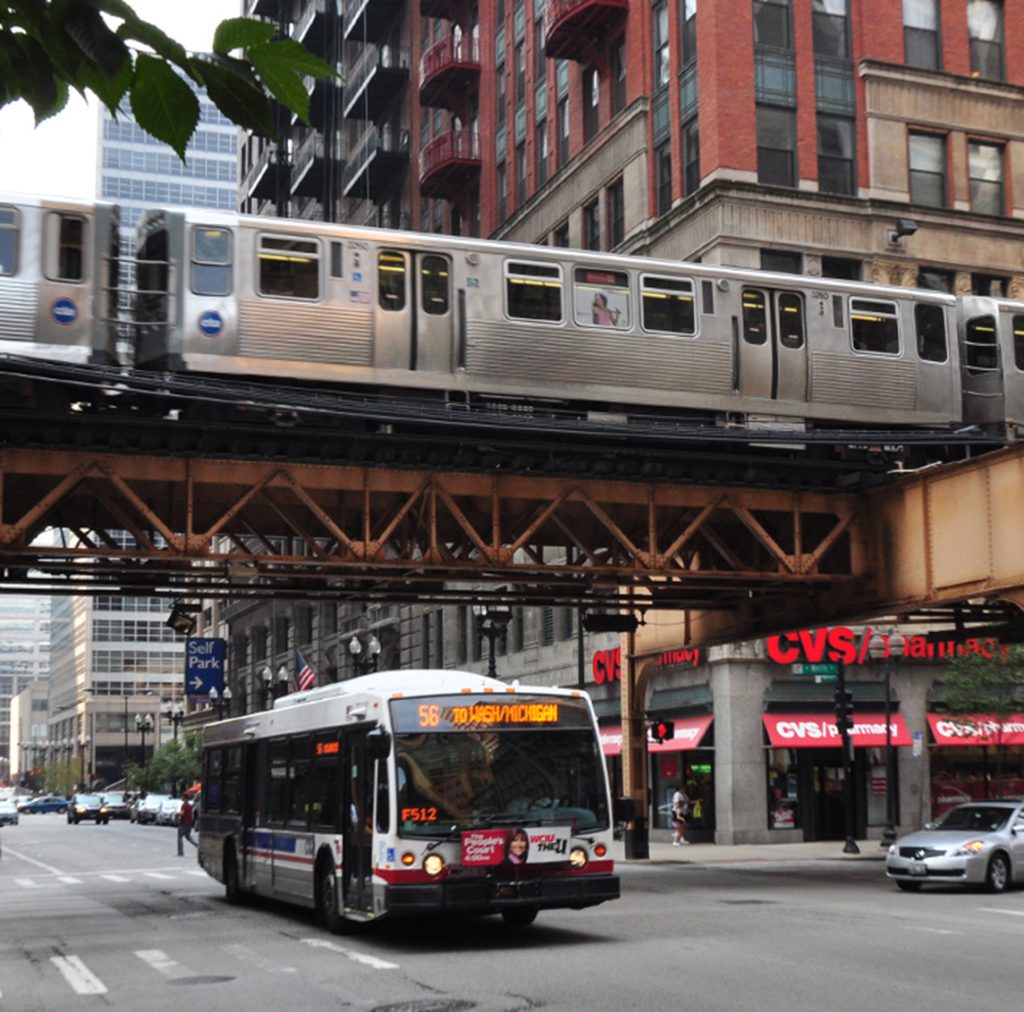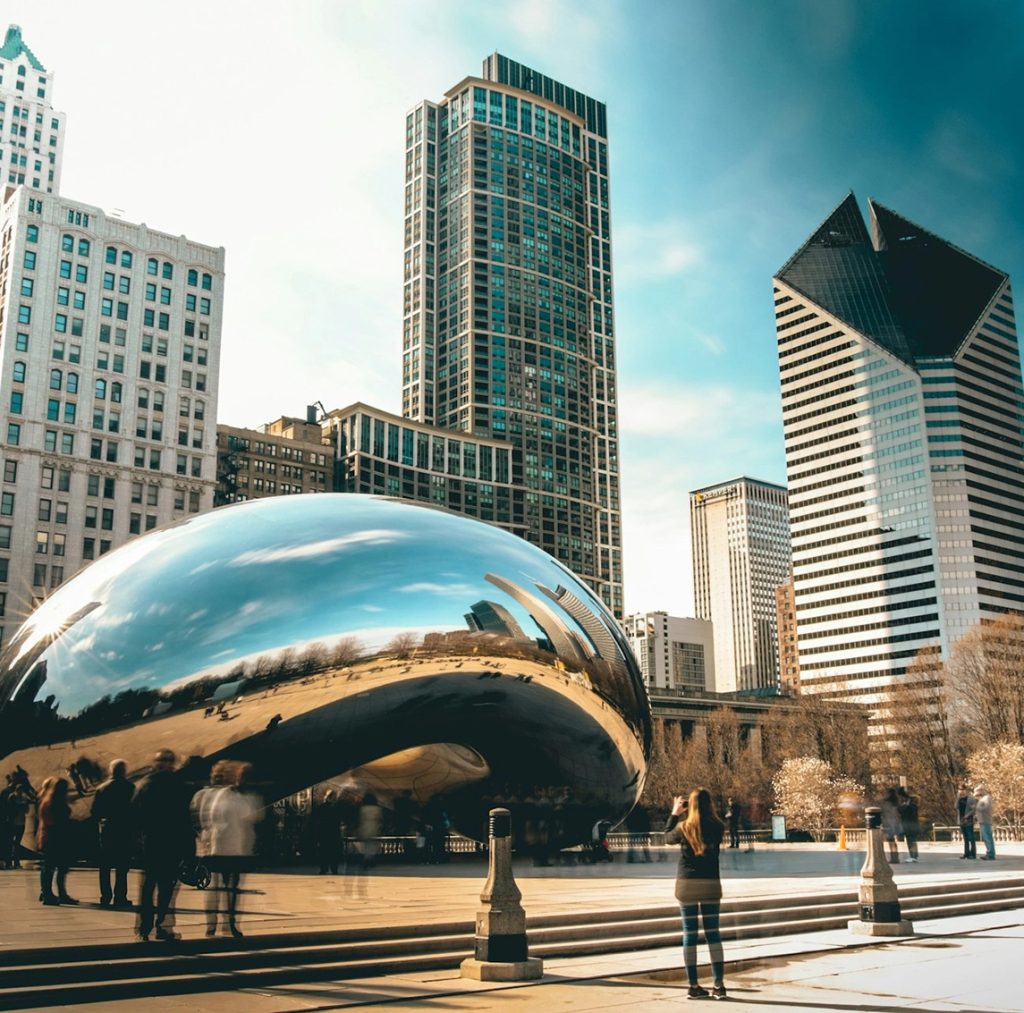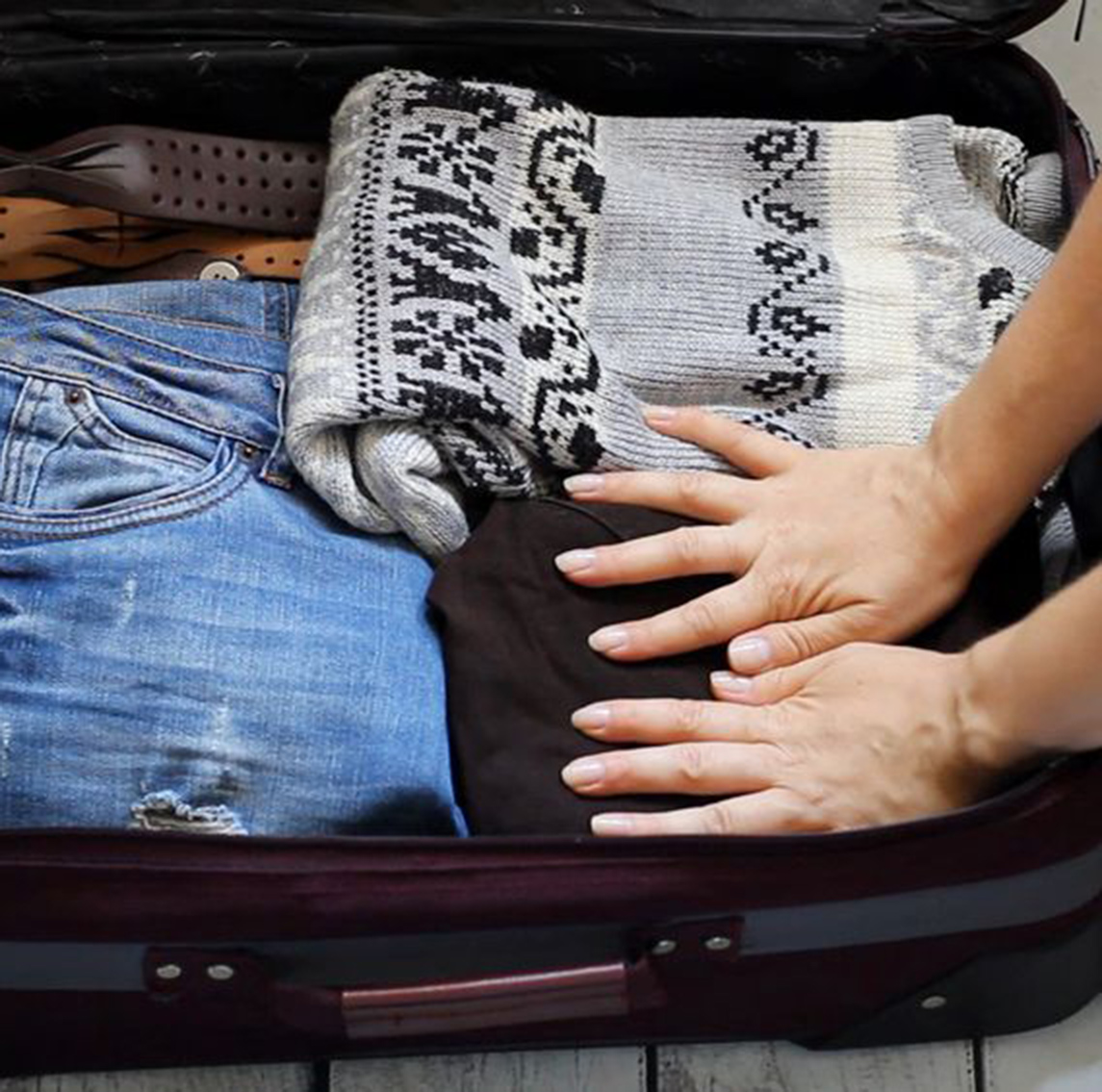I’ve visited countless cities across the globe, but Chicago holds a special place in my heart. Its combination of breathtaking architecture, world-class museums, diverse culinary experiences, and vibrant neighborhoods makes it a city that rewards curiosity at every turn. For first-time visitors, navigating the Windy City can feel overwhelming — from public transit and street food to budgeting and cultural nuances.
I recently spent five days exploring Chicago, and in this guide, I’ll share my personal experiences, practical tips, and insider advice, covering everything you need to make your first trip smooth, enjoyable, and memorable. I’ll talk about travel essentials, weather, local culture, transportation, street food, SIM cards, itinerary planning, budgeting, insurance, and more, all from a first-person perspective.
Packing and Travel Essentials
When I travel to Chicago, I always consider the season and city layout. Here’s what I pack:
• Comfortable walking shoes: Chicago is a walkable city, and you’ll likely clock several miles each day exploring museums, parks, and neighborhoods.
• Weather-appropriate clothing: Chicago weather is notoriously unpredictable. In winter, pack a warm coat, gloves, scarf, and boots. In summer, lightweight layers and a rain jacket are essential because sudden showers are common.
• Portable charger and travel adapter: Between taking photos, using transit apps, and checking maps, my phone battery drains quickly.
• Reusable water bottle: Many attractions have refill stations; staying hydrated while walking around is crucial.
• Daypack or crossbody bag: For carrying essentials like snacks, sunscreen, camera, and small souvenirs.
My Personal Tip
During my trip, I discovered that layering is key, especially in spring and fall. Chicago’s wind off Lake Michigan can make temperatures feel colder than expected, and walking along the lakefront without adequate layers can be uncomfortable.
Weather and Seasonal Considerations
Chicago experiences four distinct seasons:
• Winter (Dec–Feb): Cold, snowy, with temperatures often below freezing. Wind off the lake can make it feel even colder.
• Spring (Mar–May): Mild, but rain is frequent. Great for exploring parks and neighborhoods in bloom.
• Summer (Jun–Aug): Warm and humid, temperatures ranging from 75–85°F (24–29°C). Perfect for lakefront activities but crowded.
• Fall (Sep–Nov): Crisp and colorful, one of my favorite times to visit.
During my spring visit, I brought a light jacket, umbrella, and layers, which allowed me to comfortably explore Millennium Park and Navy Pier without worrying about sudden weather changes.
Understanding Local Culture
Chicagoans are known for their friendly but pragmatic nature. Here’s what I learned:
• People are direct and appreciate politeness and punctuality.
• Tipping is standard in restaurants: 15–20% is customary.
• Many locals commute via public transit; knowing CTA schedules and routes shows respect for the city’s rhythm.
I particularly enjoyed chatting with locals at street markets and coffee shops, learning about their favorite hidden gems, which guided me to experiences I wouldn’t have discovered otherwise.
Currency and Budgeting
• Currency: USD ($), widely accepted. Credit cards are preferred; however, small cash is handy for street vendors and tips.
• ATMs: Abundant; I used Bank of America and Chase ATMs without fees.
• Budgeting: I recommend budgeting around $150–200 per day for a mid-range experience including food, transit, and entry fees. Luxury travelers should plan $300+ per day.
During my trip, I tracked expenses daily. My average daily spend was approximately $175, which included meals at local eateries, museum tickets, and occasional street food snacks.

Getting Around: Public Transportation
Chicago’s public transit system is comprehensive, convenient, and relatively easy to navigate once you get the hang of it. During my trip, I relied heavily on the CTA (Chicago Transit Authority), which operates both buses and the “L” train system. Here’s what I learned from personal experience:
• CTA “L” Train: The elevated trains and subway lines connect downtown with many neighborhoods and suburbs. I found the “L” especially useful for covering longer distances quickly. During my first ride, I noticed how frequent the trains run — generally every 5–15 minutes depending on the line and time of day. The system is color-coded (Red, Blue, Green, etc.), which makes navigating straightforward. The main benefit is speed and efficiency, though rush-hour trains can get quite crowded.
• CTA Buses: Buses serve neighborhoods not directly accessible by the “L.” I used them to reach more residential areas like Wicker Park and Logan Square. They are slower than trains because they share the roads with traffic, but they are flexible and frequent, and perfect for getting a feel for the local neighborhoods. I appreciated that the bus routes often stop near hidden cafés, murals, and street markets, giving me a richer local experience.
• Rideshare (Uber/Lyft): On days when I wanted convenience or had multiple stops, I opted for rideshares. Trips within the downtown area typically cost between $8–$25, depending on distance and traffic. While more expensive than the CTA, rideshares offered door-to-door service, which was especially convenient when traveling with luggage or returning from late-night jazz clubs.
• Walking and Biking: Many of Chicago’s attractions are within walking distance of one another. I particularly enjoyed walking along the Chicago Riverwalk and the Lakefront Trail, which offered scenic views of the city’s skyline. Biking is also popular; I rented a Divvy bike for a few hours and explored neighborhoods at my own pace. Walking and biking allowed me to discover hidden alleys, murals, and local bakeries that I might have missed using only public transit.
Personal Tip
I purchased a Ventra Card for $5 and loaded $20 onto it. This made hopping on and off the “L” and buses seamless — no fumbling with cash or tickets. I found that for longer trips across the city, the train is far superior to buses in terms of speed, while buses are excellent for short neighborhood hops and a more scenic route.
Street Food and Snacks
Chicago is famous for its deep-dish pizza, hot dogs, and Italian beef sandwiches. I sampled several iconic street foods:
- Chicago-Style Hot Dog – $5–7, available at Portillo’s or small stands. Never try ketchup!
- Italian Beef Sandwich – $8–10, often topped with giardiniera.
- Deep-Dish Pizza Slice – $7–12 per slice, at Lou Malnati’s or Giordano’s.
- Garrett Popcorn – $6–8 per bag, a sweet and salty treat.
- Tamales from street vendors – $3–4, surprisingly authentic and delicious.
Safety Tip
Street food in Chicago is generally safe, but I avoided unattended stalls and always chose vendors with a visible health permit. I also carried hand sanitizer after each snack.
SIM Card and Connectivity
I purchased a local prepaid SIM card from AT&T at the airport for $40, which provided:
• 10 GB of data
• Unlimited local calls
• 30 days validity
This allowed me to navigate the city using Google Maps, check transit schedules, and access ride-hailing apps without worrying about roaming fees.
Mini 5-Day Chicago Itinerary
Here’s how I structured my five-day trip, balancing sightseeing, food, and local culture:
Day 1: Downtown & Millennium Park
• Morning: Cloud Gate (The Bean)
• Lunch: Lou Malnati’s Deep-Dish Pizza
• Afternoon: Art Institute of Chicago
• Evening: Stroll along the Chicago Riverwalk
Day 2: Museum Campus & Lakefront
• Morning: Field Museum
• Afternoon: Shedd Aquarium
• Evening: Navy Pier Ferris wheel
Day 3: Neighborhood Exploration
• Morning: Wicker Park & Logan Square coffee shops
• Lunch: Italian Beef Sandwich at Portillo’s
• Afternoon: Lincoln Park Zoo (free entry)
• Evening: Dinner in Old Town
Day 4: Shopping & Entertainment
• Morning: Magnificent Mile
• Afternoon: Street art tour in Pilsen
• Evening: Jazz club experience (Green Mill Cocktail Lounge)
Day 5: One-Day Excursion
• Day trip to Oak Park to see Frank Lloyd Wright homes
• Lunch: Local café in Oak Park
• Return to Chicago for an evening river cruise

Budget Adjustments
I allocated my $175/day budget roughly as follows:
• $50 for meals
• $25 for transit
• $50 for attractions and museums
• $25 for shopping or street food
• $25 buffer for miscellaneous expenses
This allowed flexibility for splurges, like a river cruise or a special dessert at Pistacia Vera.
Recommended Travel Insurance
For peace of mind, I purchased Allianz Travel Insurance OneTrip Premier, which covered:
• Trip cancellation/interruption
• Medical emergencies
• Baggage loss
• Emergency assistance
Cost: $65 for my 5-day trip. I found it reassuring, especially when traveling to busy urban areas with multiple excursions and public transportation use.
Personal Reflections
Exploring Chicago for the first time was eye-opening and exhilarating. From the grandeur of the Art Institute to the aroma of street food vendors, and the convenience of the CTA, I felt immersed in a city that is both massive and surprisingly navigable. Carrying the right gear, dressing for the weather, and understanding transit systems transformed my experience from overwhelming to seamless.
I also realized the importance of pacing myself. Chicago is a city with endless opportunities for exploration, and trying to do too much at once can be exhausting. Having a 5-day itinerary with room for spontaneity allowed me to enjoy unexpected discoveries, like a small jazz club tucked away in a Wicker Park alley or a pop-up market with handmade crafts.
Chicago, with its vibrant neighborhoods, iconic architecture, rich food culture, and accessible public transit, is a city that rewards preparation and curiosity. Following these tips — packing strategically, using local SIM cards, navigating the CTA efficiently, exploring street food safely, planning a balanced itinerary, and securing travel insurance — ensures a first-time visitor can experience the best of the Windy City without stress or surprises.
Visiting Chicago felt like stepping into a living postcard, where each street, museum, and food stall had a story to tell. By combining preparation with openness to discovery, I left the city with memories, photos, and tastes that I’ll cherish forever — and a deep desire to return.

